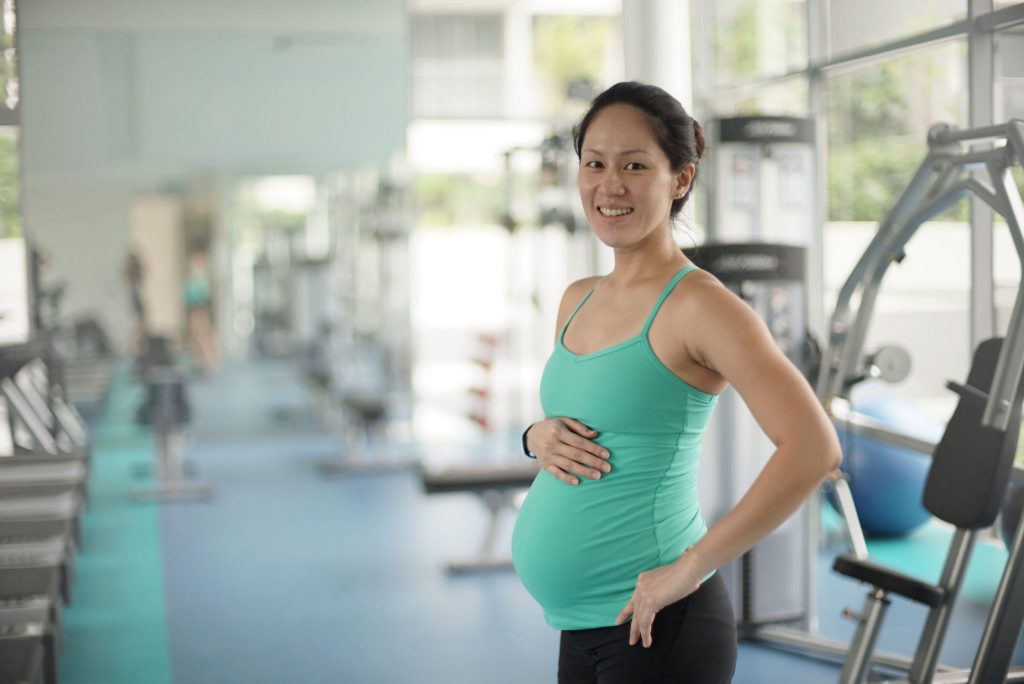

Most importantly though, you should check with your healthcare practitioner before you start exercising. If you were exercising regularly before pregnancy and there are no complications in your pregnancy, you can continue working out as you’ve done before, but with a focus on duration instead of intensity.
Standing at the Starting Line
Starting out can feel intimidating, but the moment you get exercising, it’ll all fall into place! For the first one or two weeks, all you need to do is exercise for 10 to 15 minutes per day, and then increase it by 5 to 10 minutes until you hit 30 minutes. Try not to go beyond 30 minutes of working out unless you were already physically active before your pregnancy.
Here are some safer exercises for you to do:
Activities to avoid doing while pregnant:
Run your fitness routine by your healthcare practitioner to make sure that the activities aren’t risky for both you and baby.
Benefits From Exercising During Pregnancy:
Things to Consider
1. Eating Enough Calories
Remember that you should be eating around 1.3 people’s worth of food and calories in a day, and that exercise burn calories, so you’ll have to eat quite a bit more depending on your exercise routine.
You’ll need to be well nourished for both you and baby, and if your body mass index (BMI) is within a healthy range of 18 and 25, you should eat 340 more calories a day during your second trimester, and 450 more calories a day during your third trimester.
2. Wearing the Proper Attire
Three factors that you’ll need to consider for your exercise attire are:
3. Hydrating Yourself
Drink lots of water before, during, and after your workout to keep dehydration at bay. It’s vital for pregnant women to stay well-hydrated, as water helps your baby to develop healthily. Water is a big part of forming the placenta, which baby relies on to receive nutrients during your pregnancy, and will form the amniotic sac later in pregnancy.
Dehydration during your pregnancy can lead to serious complications such as: inadequate breast milk production, neural tube defects, premature labour, and low amniotic fluid, which could lead to birth defects because of a lack of nutrition to baby.
One easy way to check how well-hydrated you are is to see the colour of your urine. If it’s semi-clear, you’re pretty well hydrated, but if it’s yellowish, you’ll need to drink more water.
4. Don’t Overexert
Exercising until you’re gasping and out of breath while pregnant is a major no-no. If you’re unable to have a comfortable conversation at your current pace, bring your exercising pace and intensity a notch down.
Here are some signs that you should take it easier when you’re exercising:
Image credit: JustRunLah!
For more pregnancy and childcare tips, subscribe to our mailing list and like us on Facebook, to receive new articles for mummies like you every week!
Copyrighted Pregnancy & Baby by Mummys Market 2019


